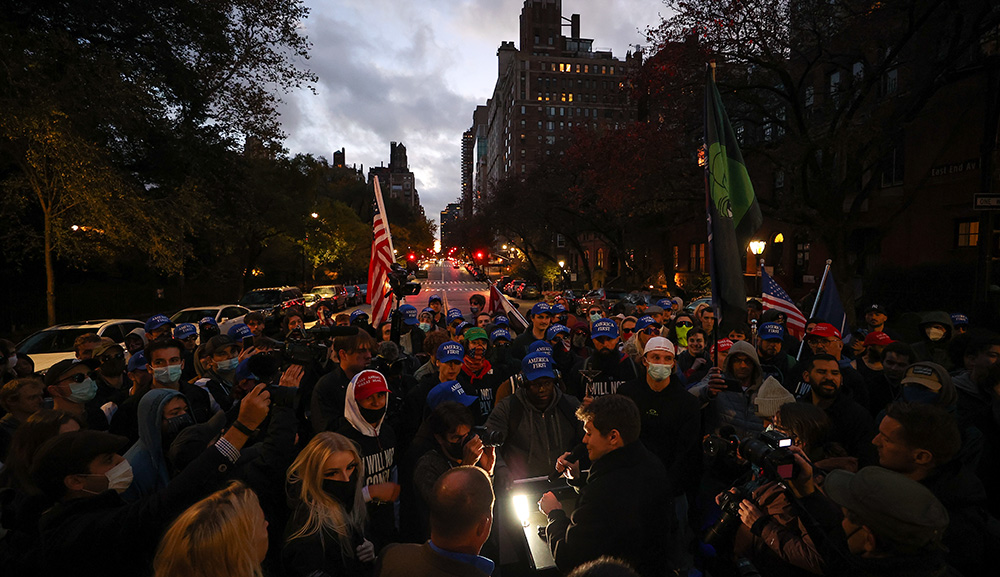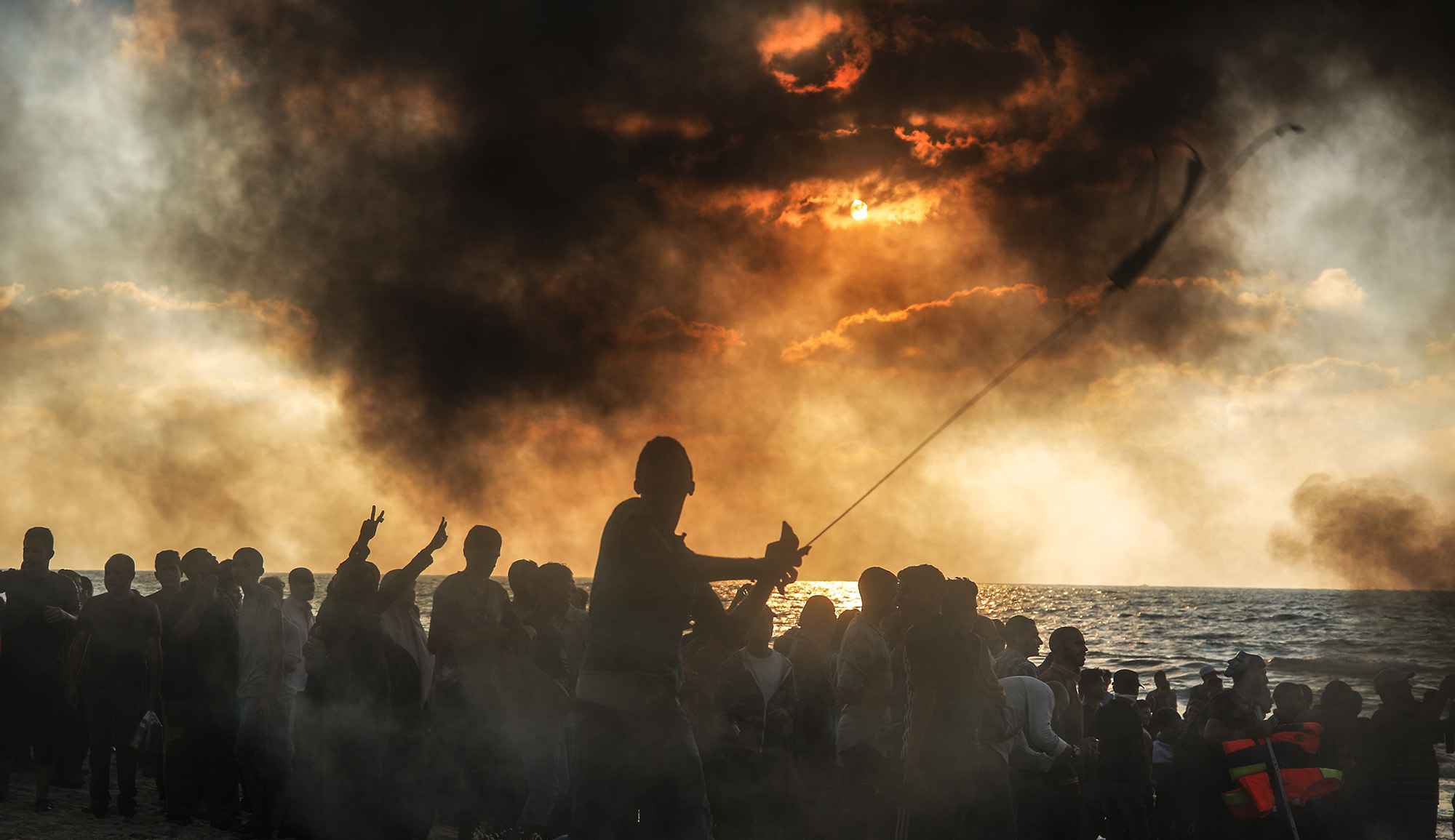In October 2000, doctored footage aired on French television purporting to show the twelve-year-old Mohammad al-Dura cowering behind his father as he is shot by Israeli soldiers. While a preponderance of evidence subsequently showed that the video is little more than a hoax, Western media largely ignored that evidence. This incident serves as the touchstone of Richard Landes’s Can “The Whole World” Be Wrong?: Lethal Journalism, Antisemitism, and Global Jihad, which investigates such distortions and their effects. In his review, Jeffrey Herf criticizes the book’s “overwrought” language and polemical digressions, while praising its argument and the research that backs it up:
At its core, this is a compelling critique of the various journalists and public figures—especially in France, Britain, and the United States—who managed to be consistently wrong about the facts and their causes. Their errors were not random, however. Landes argues that they resulted from a combination of political biases and threats issued by Palestinian organizations. The failure of journalists, in particular, to grasp the ideological causes of the attacks on the Jewish state in 2000 helped to prevent a coherent understanding of the Islamist attacks on the United States and Europe that followed.
Since the establishment of the Islamic Republic of Iran after the revolution of 1979, the publication of the Hamas covenant in 1988, and al-Qaeda’s declaration of jihad against “Jews and Crusaders” in 1998, the governments of the West’s liberal democracies have, with only a few exceptions, been reluctant to speak clearly about the causal connection between Islamist ideology and violence. This reluctance persisted through the second Palestinian intifada, the terrorist atrocities of September 11th, 2001, and those that followed in London, Paris, Madrid, Berlin, and Amsterdam.
The popularization of a new term, “Islamophobia,” became a rhetorical cudgel with which to beat anyone who noticed references to Islamic texts in the Islamist literature celebrating terrorism. . . . At least some historians in years to come will note that this refusal to speak frankly about the nature and impact of Islamist ideology was one of the most peculiar yet defining aspects of intellectual and political life in the democracies forced to cope with Islamist terrorism.
The result, Landes argues, was a deficiency of empathy for Israelis as they endured the terrorist campaigns in the first years of the new century. In Terror and Liberalism, Paul Berman observed that the more the Palestinian Arabs engaged in terror attacks on Israeli civilians, the more parts of the Western left concluded that only Israeli oppression could account for such desperate violence.
More about: Anti-Semitism, Jihadism, Media, Second Intifada, War on Terror


